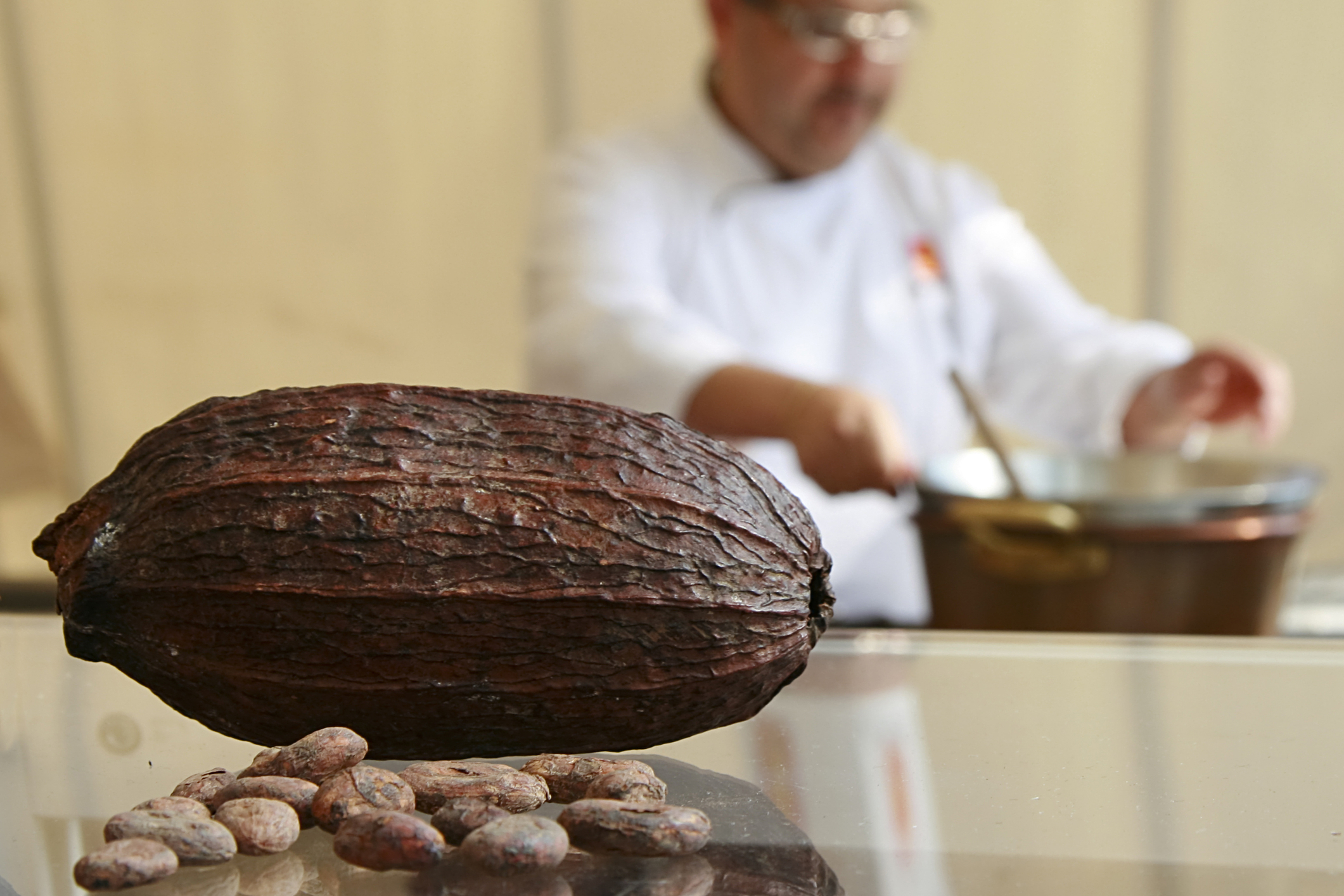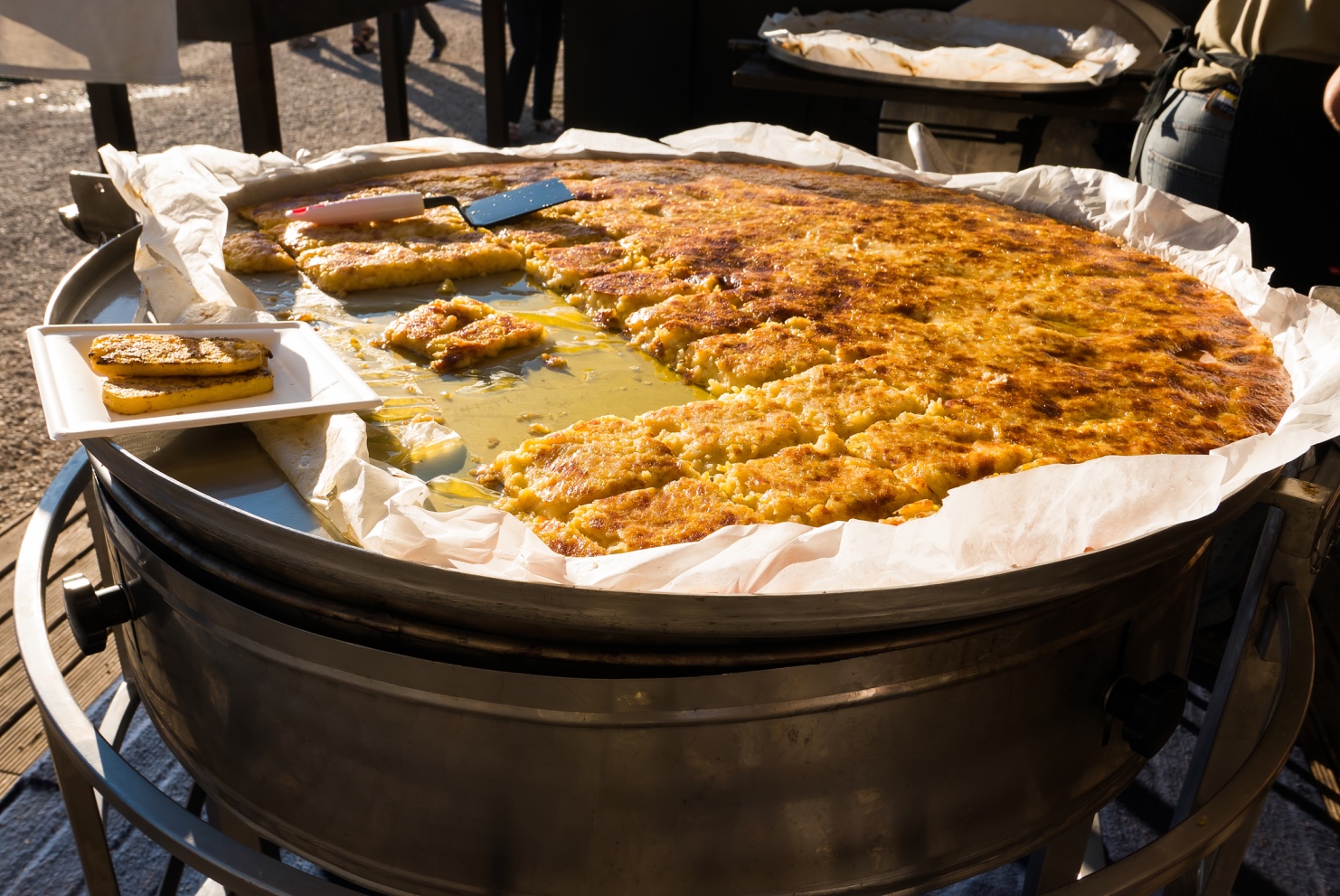Among the wide array of traditional delicacies on sale in every Italian store in San Francisco and all over the United States, the most well-known are iconic Bacio chocolates by Perugina, Italian confectionery company based in Perugia.
On occasion of the event “Baci e Cioccolato on Valentine’s Day” held at the Italian Cultural Institute last February 14, 2014, food specialist Viola Buitoni taught how to make fresh handmade Baci to say “I love you” the Italian way.
Viola, a direct descendant of the family that founded Perugina chocolates in the capital city of Umbria, described the threads of family, love and chocolate that turned Perugina from an exclusive confectionery shop in a small city in the heart of Italy to the worldwide brand it is today.
Attended by a large group of enthusiasts, the workshop uncovered the secrets of how to prepare Baci, the Italian candies still deliciously made with the same recipe of gianduja, dark chocolate and whole toasted hazelnuts since 1922. Of course, at the end of the night, everyone received a box of freshly made Baci.
“I have always wanted to do this workshop”, said Viola. “Baci are one of the great gifts of Italian cuisine, and we thought it couldn’t be more perfect to do it on Valentine’s Day”.
Participants on the workshop, were given a hands-on tutorial on tempering chocolate, the traditional cioccolato Luisa 40%, straight from Viola’s training at Perugina’s Scuola del Cioccolato.
In fact, last summer she was invited at the Perugina plant in her hometown for a private
lesson by Massimiliano Guidubaldi, one of the school’s three chocolate masters, and a detailed tour of the museum at the Archivio Storico Buitoni Perugina.
The history of the company founded in 1907 by Francesco Buitoni, is strictly connected with the figure of Luisa Spagnoli, the talented woman who owned already a small confectionary business in Perugia and was the wife of one of the four founders.
Thanks to the creative genius of Luisa, who was looking for a valuable way to use the hazelnut grain, it was invented the new chocolate candy garnished with a whole hazelnut and covered with dark chocolate which later became the most famous product of the company.
Initially named “cazzotto”, for its irregular shape resembling the knuckle of a hand, it was renamed in 1922 “bacio” by Giovanni Buitoni, the young promising son of the family now in charge of the Perugina business.
It was instead Federico Seneca to add the love note wrapping each chocolate inside the unmistakable silver paper, that will become identification of romance around the world being translated in many different languages.
As Viola pointed out, Giovanni Buitoni was “a man of unique vision who understood that chocolate had to become an everyday treat rather than the upper class luxury as it was at that time”.
In between the two wars, he opened up to the southern Italian market, considered too poor by luxury goods seller, started boxing products and, most importantly, he expanded to the United States at the 1939 World’s Fair in New York with “Buitoni Foods and Perugina Chocolates and Confections”.
Even if since 1985 the ownership of Perugina is no longer part of the Buitoni family, it is now a division of the Nestlé corporation, this fascinating story that brings together family, tradition and passion for doing business can still be admired at the Museo del Cioccolato in Perugia, Italy.





























